Archives
-
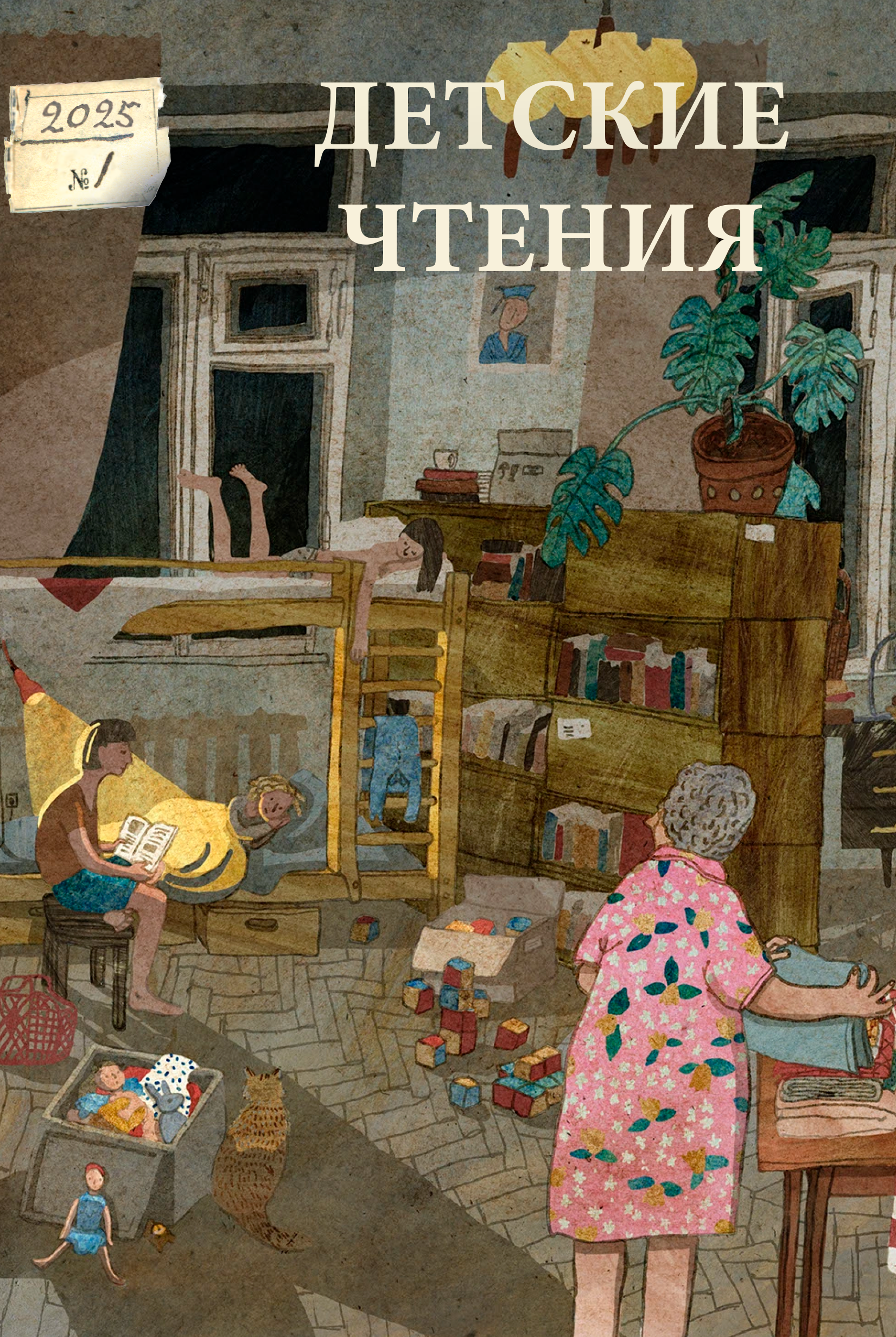
Vol. 27 No. 1 (2025)
Issue 27 of "Children's Readings" is devoted to discussion of the addressii of children's literature. The focus is on how ideas about the child reader are changing and what techniques poets and writers use to construct the childish depending on the concept of childhood or the writer's mission. Using the material of children's literature of the 19th-21st centuries, such aspects as the problematic reader's address of a folk tale, the transformation of the genre nature of a work in the context of a change in addressee, adult allusions and meanings hidden from children in works originally addressed to children are studied.
-

Vol. 26 No. 2 (2024)
Issue 26 of Children's Readings is devoted to the study of the representation of geographical space in children's literature. Various approaches to the representation of geographical space clearly illustrate the factors on which this “sharpening” depends. These factors may include not only ideological fluctuations—when, under different political circumstances, the depiction of the same geographical object or ethnographic fact changes dramatically—but also shifts between an exoticizing perspective and one that conveys interest in and respect for another space or people, only for the former wariness and rejection to resurface. The genre constraints of children's publications can also exert influence: the structural and thematic features of serialized publications impose strict limitations on the selection and presentation of geographical material. The “geographical” issue of Children's Readings explores these and other aspects of the representation of literary space in works for children. -
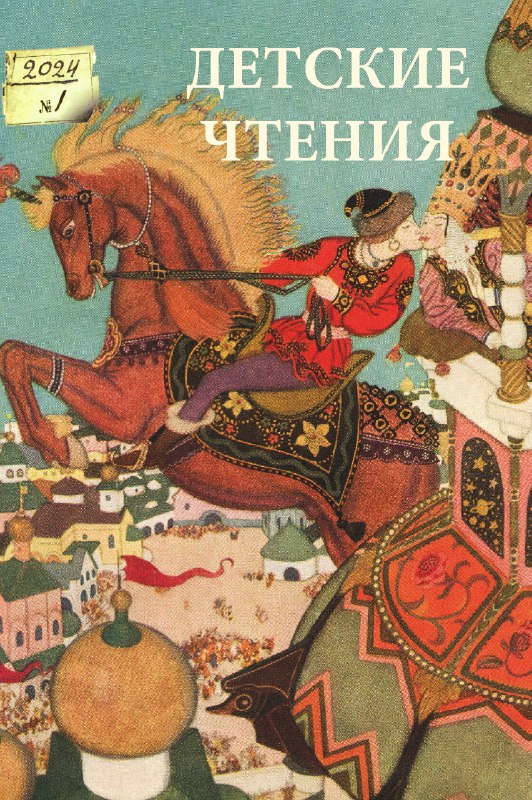
Vol. 25 No. 1 (2024)
The 25th issue of Children's Readings to studying intercultural relations in literature for children. The choice of this topic stems from the fundamental importance of intercultural relations in literature in general, and children's literature in particular. History shows that the formation of any national children's literature is closely linked to various forms of adaptation and reinterpretation of plots, images, and ideas from children's literature written in other languages. The articles in this issue, dedicated to the transfer of educational or artistic texts for children to another culture, demonstrate that the "transplantation" of these texts can be influenced by the personal characteristics of translators, illustrators, and publishers, as well as by the underlying properties of the ethnopedagogical concept of the receiving culture. During certain periods of children's literature development, translators' interventions are balanced by universal requirements for the educational goals of children's literature. In other periods, however, such interventions, practically beyond the control of pedagogical or political doctrines, become a means of uncensored expression. The discussion about cultural transfer on the pages of the journal "Children's Readings" has just begun and will certainly continue. In the meantime, we are pleased to offer our readers the latest research in this field.
-
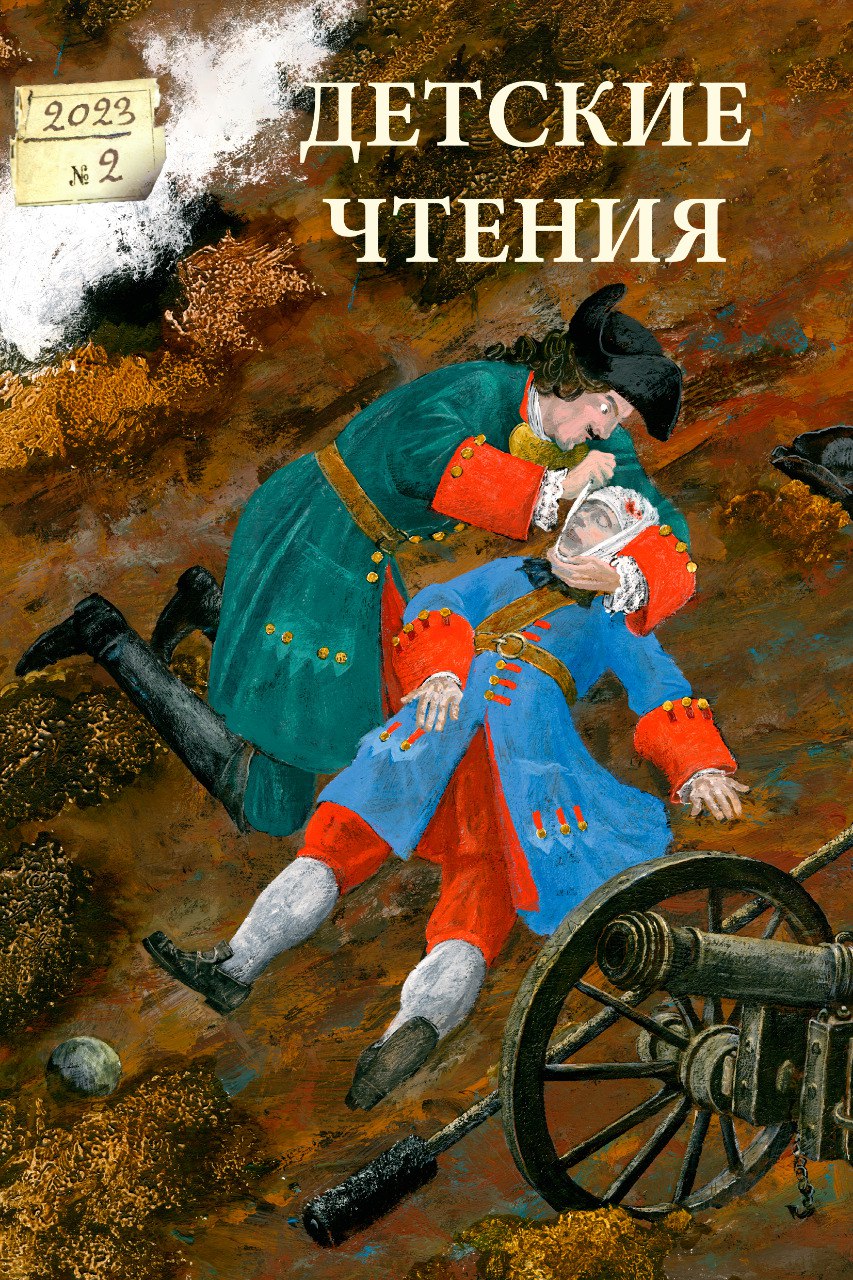
Vol. 24 No. 2 (2023)
The main block of articles in this issue of Children's Readings is devoted to the construction of history and images of the past in literature for children. The range of research questions answered by the authors of the articles presented in this issue is quite broad.
-

Vol. 23 No. 1 (2023)
The 23rd issue of Children's Readings is devoted to a phenomenon, the comprehension of which vividly demonstrates the fluidity of social ideas about the child as a creative subject — children's creativity. We include in this concept both the process and the results of children's efforts to create new, previously non-existent unique objects.
-

Vol. 22 No. 2 (2022)
The studies presented in the 22nd issue of Children's Readings are varied in their material and broad in their subject matter. On the one hand, they analyze the political, economic, and medical contexts in the history of children's books. The involvement of the Russian parliament in deciding the fate of the elementary school textbook, the concerns of medical hygienists about the quality of printing for children, a large-scale panorama of the canon of children's literature in Soviet times, the modern attempts of non-professional authors to break into the book market of children's literature.
On the other hand, it is a study of the involvement of publishers of children's books (M. Wolf) and their bibliographers (O. Kapitsa and E. B. Martin) in constructing the "visibility" of certain groups of works, in attracting the attention of competent adult consumers to such segments of the book supply for children, which the experts for one reason or another decided to highlight. Third, it is an analysis of the biographical and creative trajectories of writers who have undertaken to write for children. Finally, Sergey Ushakin's reflections on the (unhappy) fate of the sociology of children's reading in Russia provide a critical look at the development of sociological methods for studying children's reading in the USSR.
We would like to draw the readers' attention to the manifesto of a new organization, the European Society of Researchers of Children's Literature.
-

Russian-Italian Relations in Children's Literature
Vol. 21 No. 1 (2022)The 21 st issue of Children’s Readings is not the first issue of our journal devoted to the links between Russian children’s literature and other national children’s literature. Studies on Scandinavian children’s literature, on Russian-German contacts in the sphere of publishing and literature for children, on Chinese, and more broadly Eastern, literature for children and young people have been presented in the pages of Children’s Readings in different years. The peculiarity of this issue is that it is entirely devoted to the Russian-Italian relations in children’s literature and created jointly with our Italian colleagues. The focus of research interest is the range of works that have managed to cross the borders of national literature, factors influencing their success on a different national ground, processes of cultural transfer and reception of Italian children’s literature in Russia and Russian children’s literature in Italy.
-
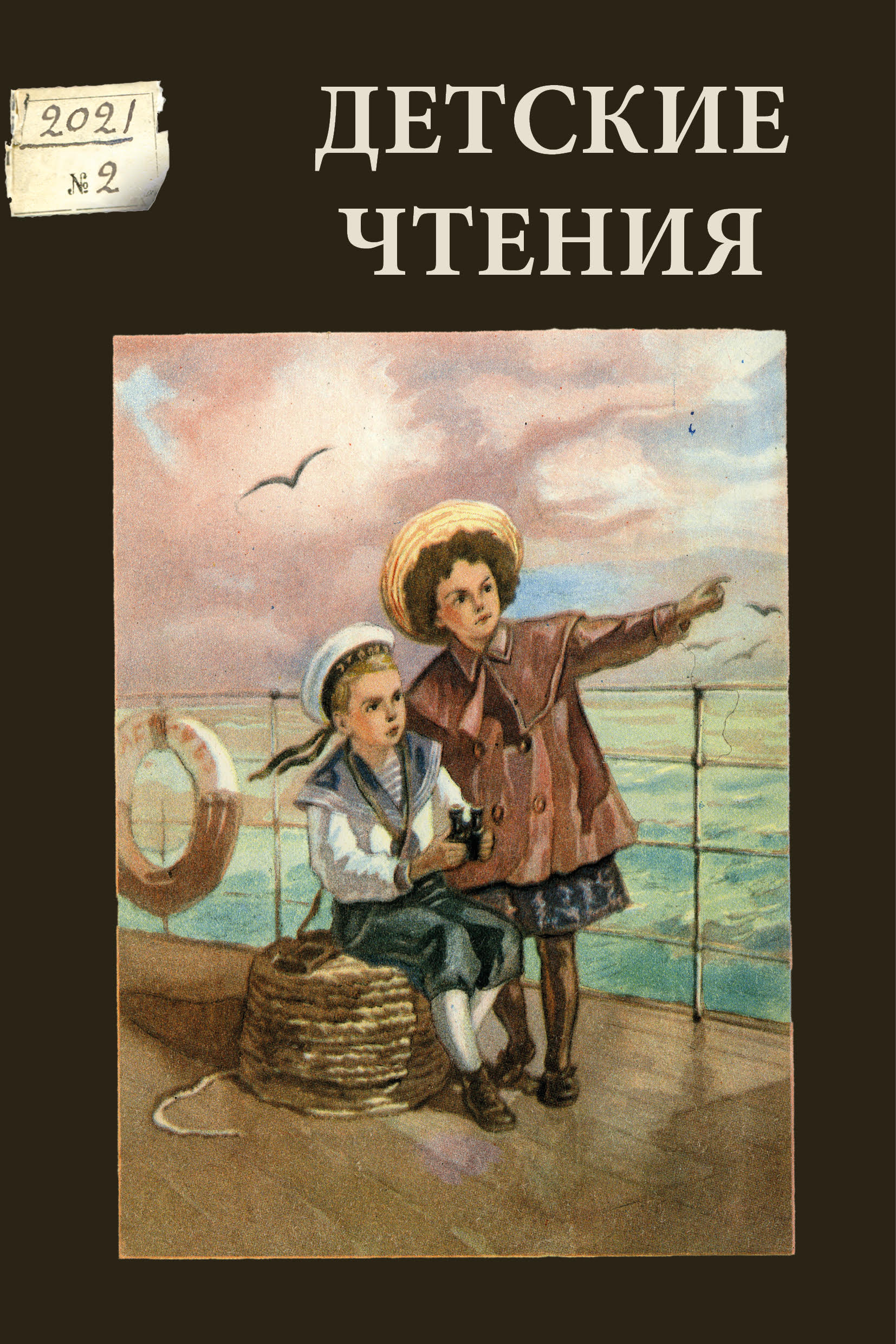
Vol. 20 No. 2 (2021)
The 20th issue is devoted to gendered representations of children and adults in children's literature. The study of children's literature with an analytical toolkit of gender studies allows us to pose questions related to the peculiarities of the historical dynamics of power imbalance as translated into the texts for children. The following questions are among them: is children's literature ahead or lagging behind the agenda in depicting shifts in gender roles? To what extent do the literary images of children depend on the epistemological stance towards gender problematics? Does it prove to be productive to consider the genre and narrative characteristics as impactful in the construction of gender roles?
-
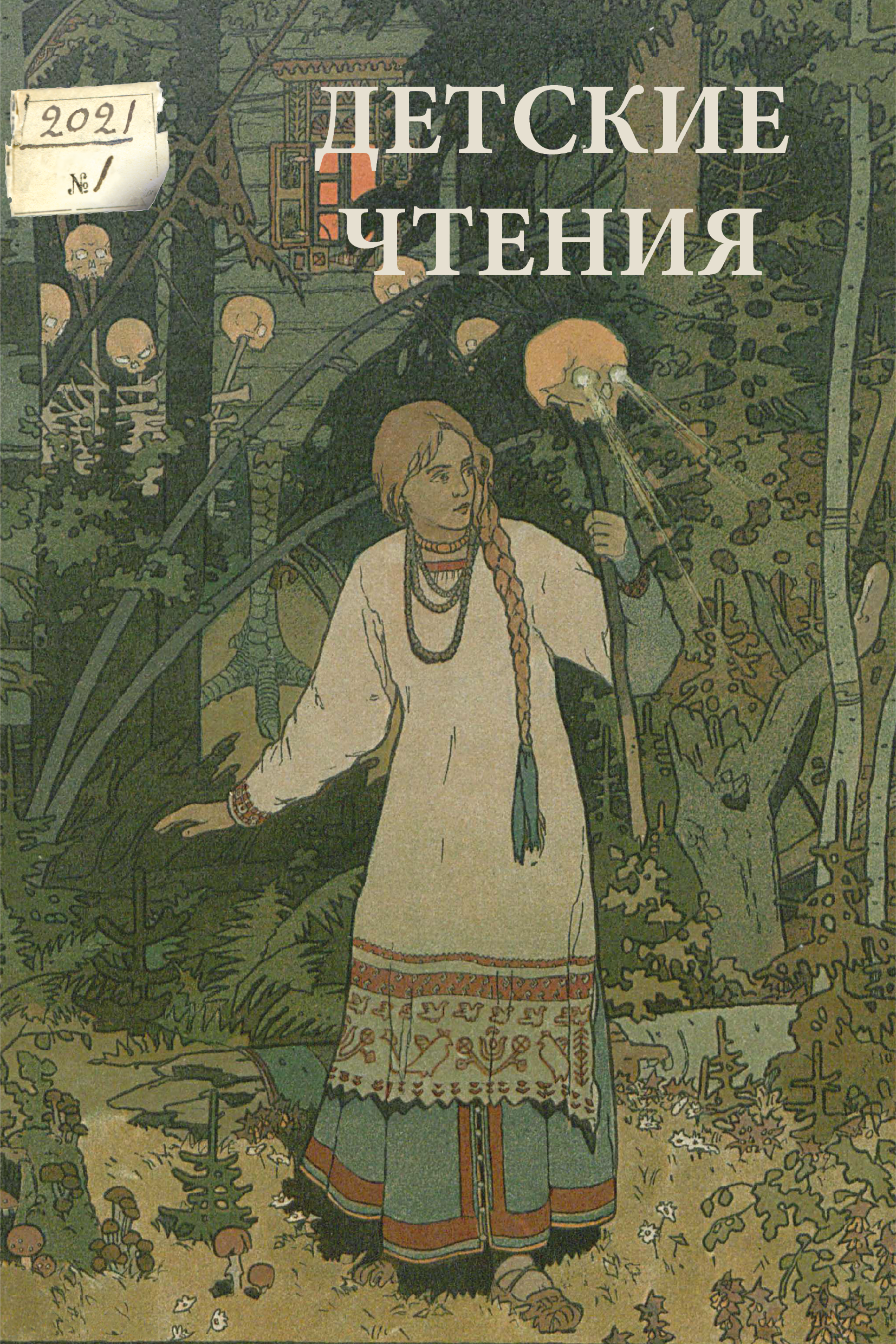
Vol. 19 No. 1 (2021)
The 19th issue of Children's Readings presents a discussion of fairy tales and science fiction in children's literature. The susceptibility of these genres to pedagogical and political influence are clearly seen in the historical perspective. At the same time, both genres are open to literary experiments, both in content and form. The main focus of the issue is the boundary between adult and children's worlds as presented in fairy tales and science fiction, as flexible and dependent on the prevailing concept of childhood as it is.
-

Vol. 18 No. 2 (2020)
The issue is devoted to the study of poetry for children and its translations. The research focuses on semantics and pragmatics of poetry for children: the development of children's poetry in Russia and Europe, literary criticism, rhythm, and metrics, applied poetry for children, pedagogical discussions that arise around it. Studies of translations of foreign-language poetry for children make it possible to see the similarities and differences in the development of poetic traditions for children in different languages and in different countries, as well as the boundaries of the individual contribution of the translator to the text, which they transplant into a different cultural soil in a different poetic environment.






